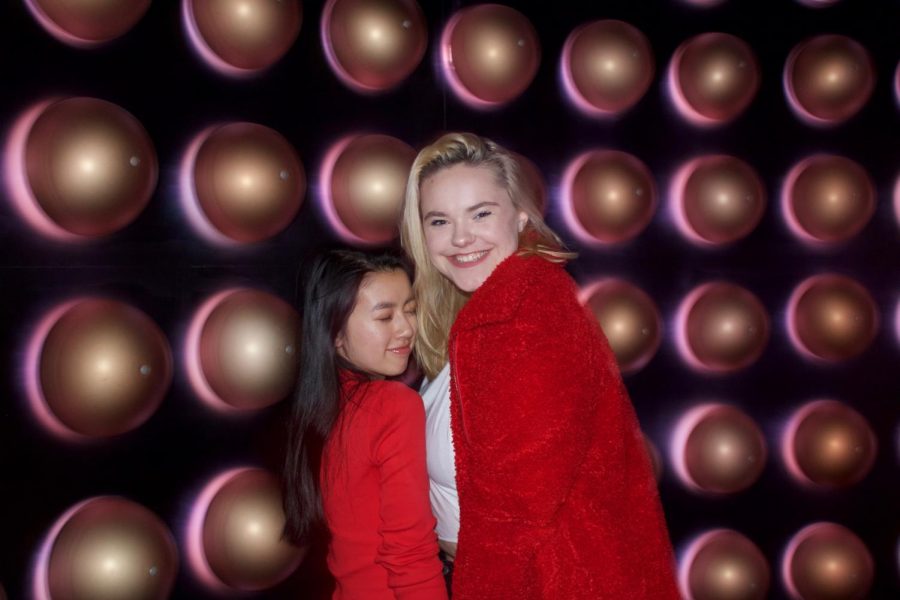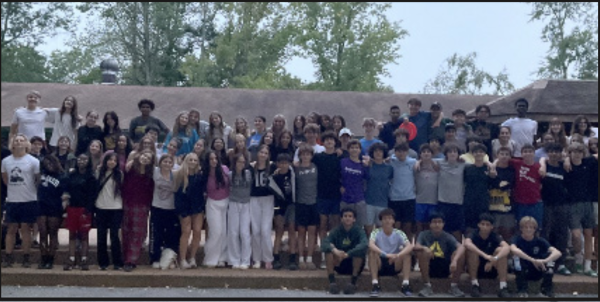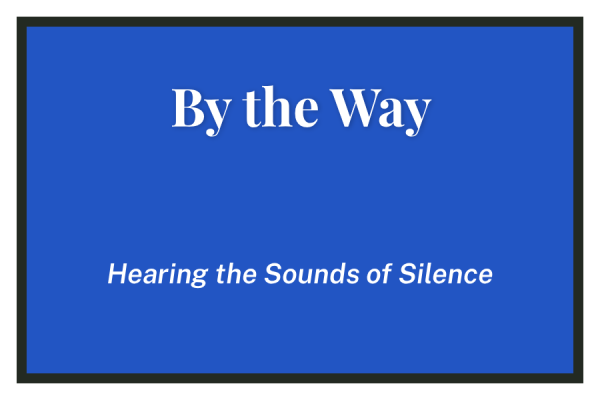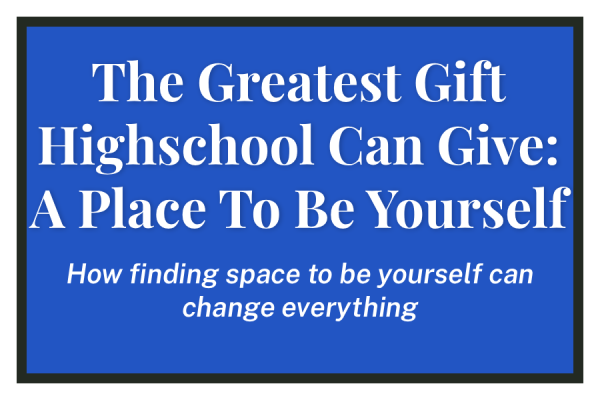#Art
Make Museums Trendy Again
Photo credit: Anna Fuder
Juniors Ren Habiby and Isabel Bruozis at the wndr museum, Chicago’s latest Instagram museum.
Rubber ducks line shelves, surrounding a large yellow bathtub. Octagonal slits of reflective paper create a dazzling mirror effect. Plastic chains hang from the ceiling. No, these aren’t descriptions of scenes from a funhouse, but rather colorful room designs at “Happy Place,” a multi-sensory art experience.
This past summer, Happy Place ventured from its original Los Angeles location and temporarily popped-up in Chicago’s Noble Square neighborhood on its tour around the continent. The interactive art installations of Happy Place include a confetti dome, ping-pong ball pits, and other aesthetically pleasing exhibits.
For $32, you can enter a world of immersive beauty and imagination.
But none of it matters if you don’t post it online. In fact, that’s the entire point.
Chicagoans flocked to Happy Place, many taking to social media to “capture their happy.” For months, my social media feeds were filled with pictures of friends and classmates posing with the art.
Recently, so-called “Instagram museums”—exhibits designed for photo-ops—like Happy Place have been appearing around Chicago. The “wndr museum” (pronounced: wonder) in the West Loop opened earlier this fall and has received a similar stream of visitors.
These Instagram museums—curated to social media perfection—are highly frequented by young teens for their trendy appeal and popularity. I see pictures and videos from Happy Place and wndr on a weekly basis, but I rarely see my fellow teens journey to other art museums around the city.
Unlike established museums containing delicate works of art—many of which are highly sensitive to camera flashes—Instagram museums not only allow, but encourage visitors to photograph their experience. While wndr contains an installation created by Yayoi Kusama, who has been featured in the Museum of Modern Art in New York City and National Gallery in D.C., these works of art are underappreciated: dumbed-down to their social media worth by visitors who take pictures of themselves in the foreground, rather than the installations behind them.
That’s just not what art is about.
Art doesn’t exist to make you look good for your Instagram followers. It doesn’t exist to be documented in pixels and gigabytes. It exists to make you think, feel, and become inspired.
Chicago is home to some of the most impressive art museums in the world, including the Art Institute, which boasts the greatest collection of masterpieces. Museums like the Art Institute not only contain a multitude of priceless paintings, sculptures, and textiles, but they document the creativity of humankind throughout the millennia.
Walking through the Art Institute is like traveling through time. One minute you’re contemplating African clay pots, and the next you’re marvelling at Medieval armor. One turn around the corner and you’re surroundings change from Southeast Asian sculptures to impressionist landscapes. Such esteemed art museums document the evolution of creativity based on geographical, political, and technological shifts.
Art museums teach you about human history. Instagram museums get you “likes.”
I understand that it’s fun to visit immersive exhibits, especially if all your friends are doing the same. But the art scene in Chicago is so vibrant and historic that it’s a shame to see it be overlooked by temporary exhibits designed to enhance your social media feeds.
My advice to all the tech-savvy teens these days is to publicize your adventures at the Museum of Contemporary Art on the Mag Mile and the National Museum of Mexican Art in Pilsen. Embrace the art scene in Chicago that is wildly underappreciated.
If you have $32 and a rainy day to spare, spend it on a critically-acclaimed museum. But if you prefer a yellow bathtub and a room of rubber ducks over the works of da Vinci and Degas, I beg of you, please, just don’t post it.








